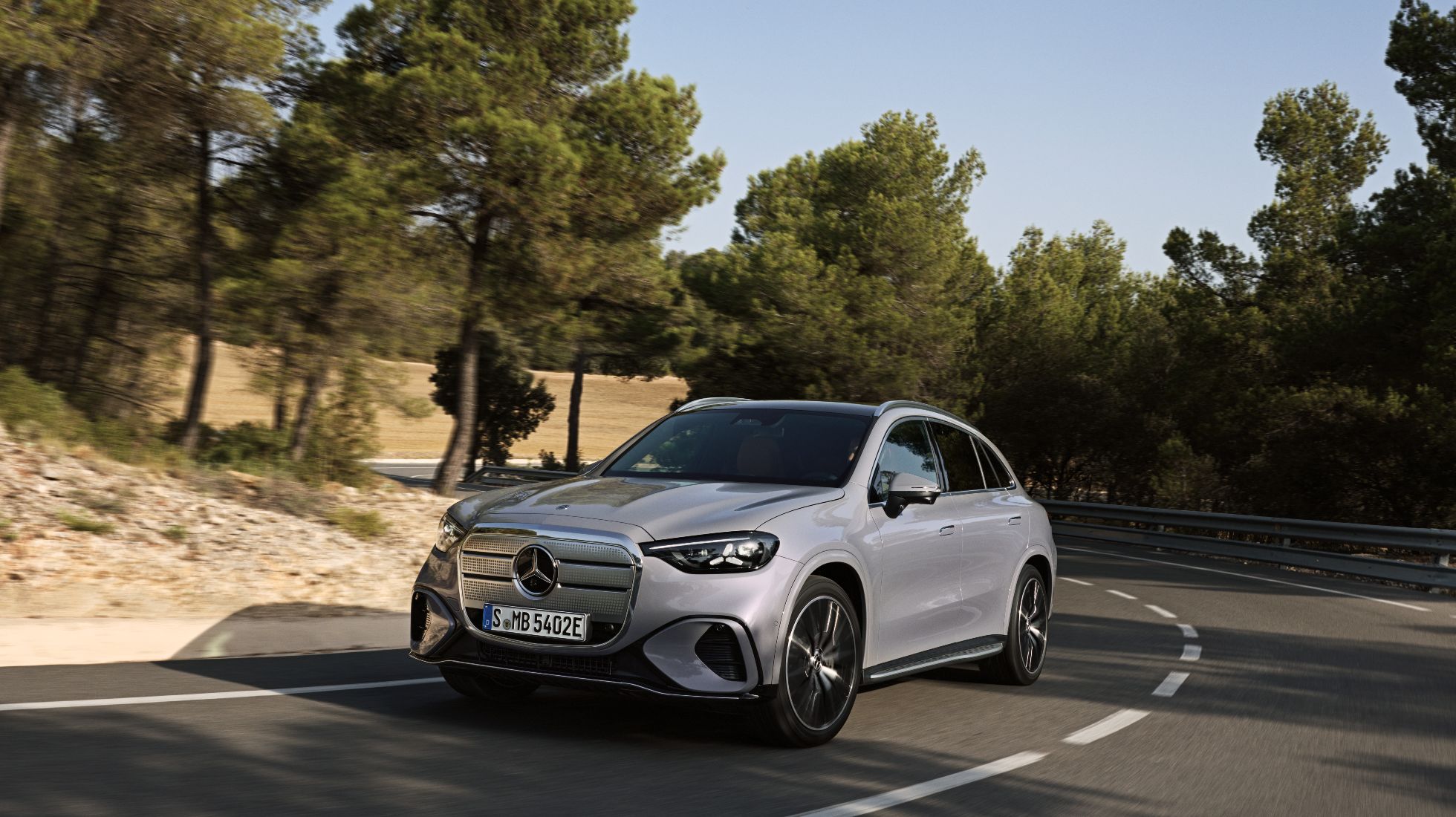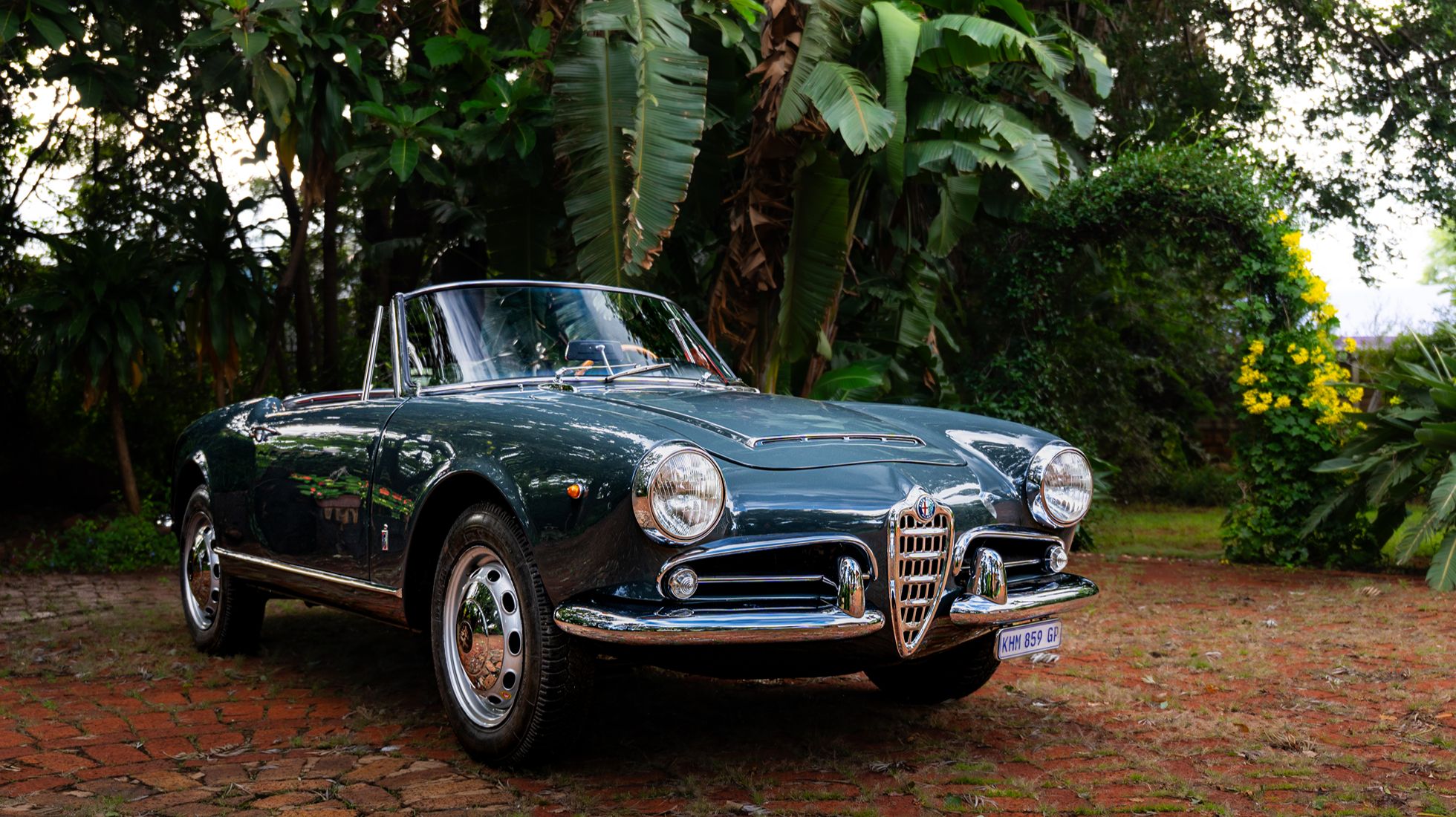

Since arriving in SA just before the COVID-19 pandemic, the Kia Seltos has emerged as a sales sensation in the subcompact crossover SUV segment. The brand’s strategic decision to equip the Seltos with a comprehensive suite of technological features and amenities has further contributed to its success.
In this way, Kia created a product that resonates with what South African consumers were looking for. This gave the Honda HR-V, Hyundai Creta, Mazda CX-30, and Toyota Corolla Cross, to name a few, a good run for their money. The competitive landscape further evolved in 2021, with the Seltos facing increased competition from Chinese manufacturers in terms of pricing for larger models, including the Chery Tiggo 7.
Recently, Kia unveiled a refreshed version of the Seltos, and while the changes may appear subtle at first, a closer assessment shows a more nuanced update, especially on our tester's range-topping GT Line trim. Aesthetically, it's an attractive crossover, and its design still looks strong and muscular, appealing across the board while staying true to the Seltos ethos. At the rear, there are hints of the latest Picanto, with features such as front dynamic turn indicators, rear and front LED light bars, and stylish 18-inch alloy wheels, which are a neat touch.
The Seltos has always been well-sorted when it comes to its arsenal of interior equipment, and the update enhances its already impressive feature list. Taking centre stage in the GT Line variant is the new intuitive dual-screen setup, which consists of two 10.25-inch displays, with the infotainment system supporting wireless Apple CarPlay and Android Auto. The cabin of the Seltos GT Line ticks all the right boxes with exceptional quality, although we struggled to identify a single area in which it is unequivocally the best in its class. Rear air vents and four USB ports, two up front and two at the back, significantly improve the vehicle's overall user interaction aspect, resulting in a more streamlined and intuitive experience.
Despite these improvements and considering the vehicle’s price point, one area that could be improved is the inclusion of electronic adjustment for the front seats. Other than that, though, it offers ample space, comfortably accommodating five passengers. Furthermore, the boot capacity, which remains unchanged at 433 litres, provides sufficient storage for various needs.
At its heart, the Seltos GT Line stands out for its impressive performance, with a 1.5-litre 4-cylinder T-GDi engine replacing its predecessor's smaller 1.4-litre engine. At slower speeds, we observed a jerky character from the 7-speed DCT when modulating the accelerator pedal.
While the Seltos GT Line boasts numerous commendable features, it needs more in terms of road comfort. The suspension setup leans towards the firmer side, which may not cater to all preferences. This noticeable firmness has elicited complaints from passengers, including children, and may warrant further evaluation for those prioritising comfort. Also, the Drowsiness Detection System was intrusive. It would beep even with minor deviations from the lane. To make matters worse, we scrolled through menus, hoping to deactivate it; however, our efforts were unsuccessful.
Regarding fuel consumption, the Seltos GT Line won’t win any awards. It mostly showcased its thirsty nature in and around town, averaging 8.1l/100km. However, it’s worth noting that fuel efficiency improves slightly during highway driving, with numbers falling just below the 7.5l/100km mark.
In the wake of Chinese manufacturers' product offensive in SA, the updates to the Seltos are critical to keeping it fresh in its respective segment. Overall, the Seltos GT Line is a great car that buyers in this segment will quickly fall in love with. Given its list of standard features, its price tag of R626,995 is reasonable.





Enter your email address to receive regular Top Gear SA newsletters



.jpeg)
.jpg)


